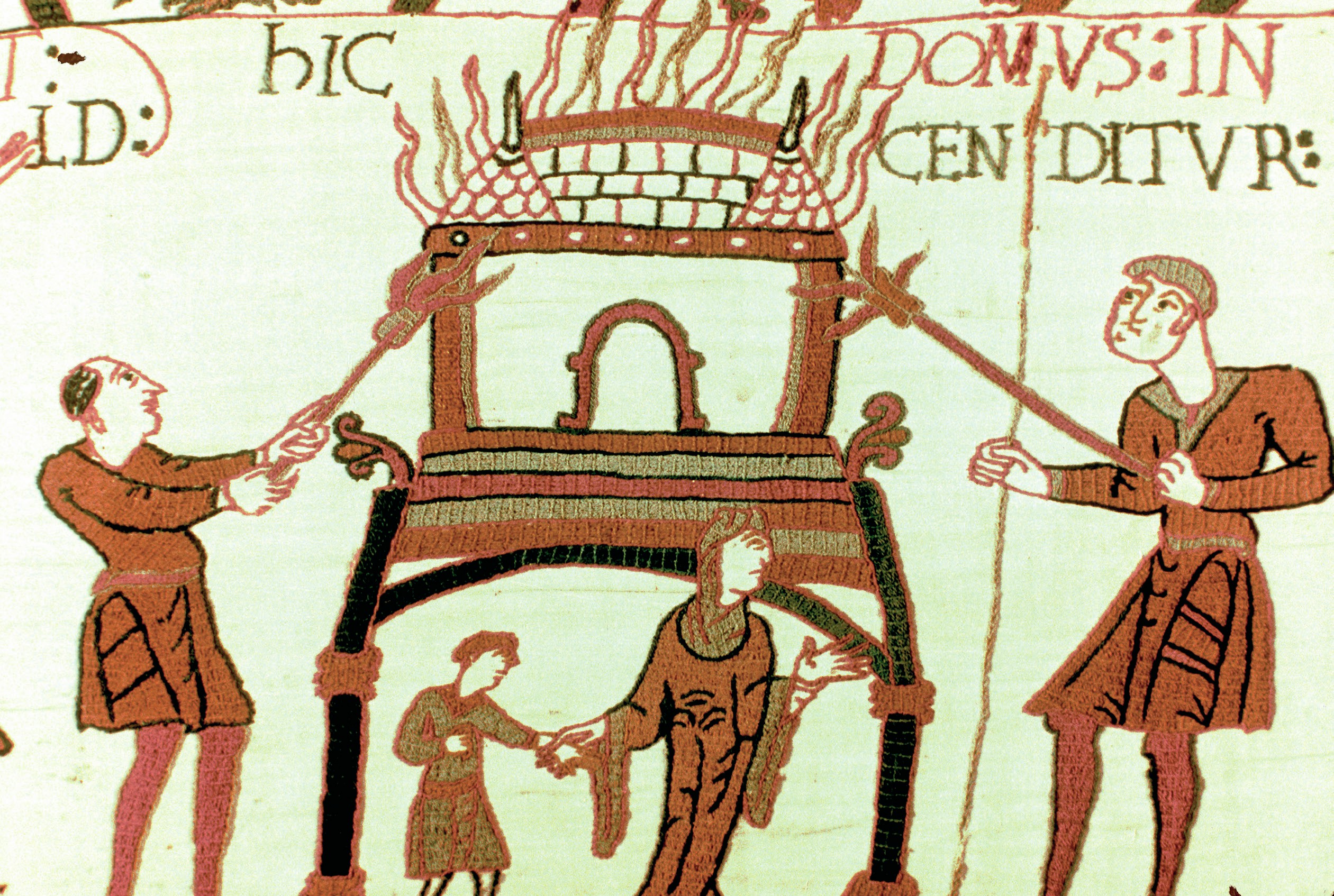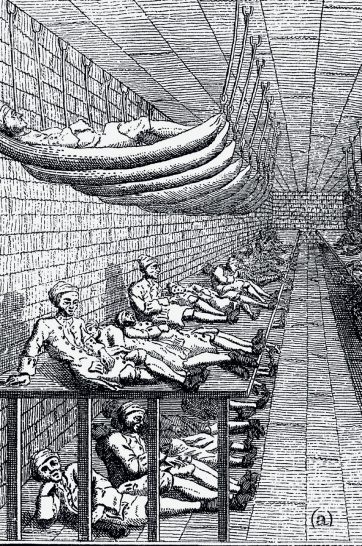
The Norman Conquest was much more than just a military victory. The Battle of Hastings and the suppression of resistance that followed led to profound social, economic, political, cultural and even physical change. Social structure was transformed at both the top and bottom of society. Changes occurred in land ownership, government and law, as well as in the church, in architecture and in language. Yet amid such change there was also a good deal of continuity and recent historians of the Conquest have been more careful to fit their interpretations to the evidence rather than the other way round.
Population figures for eleventh century England are, at best, educated guesses. However, it is thought that the total population was around 2.25 million. The most obvious impact of the Conquest was the number of English who died. Several thousand perished at the Battle of Hastings, tens of thousands more lost their lives in rebellions and perhaps 100,000 died in the ‘harrying of the north’ where famine followed the slaughter. While historians do not agree on the exact figures, some 5–10% of the population of England lost their lives as a direct result of the Norman Conquest.
Your organisation does not have access to this article.
Sign up today to give your students the edge they need to achieve their best grades with subject expertise
Subscribe




